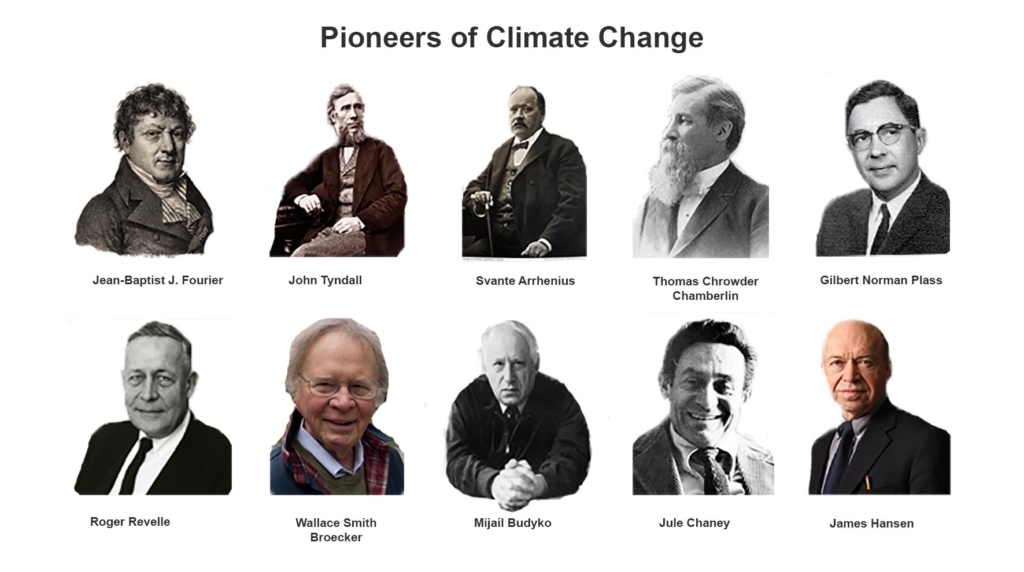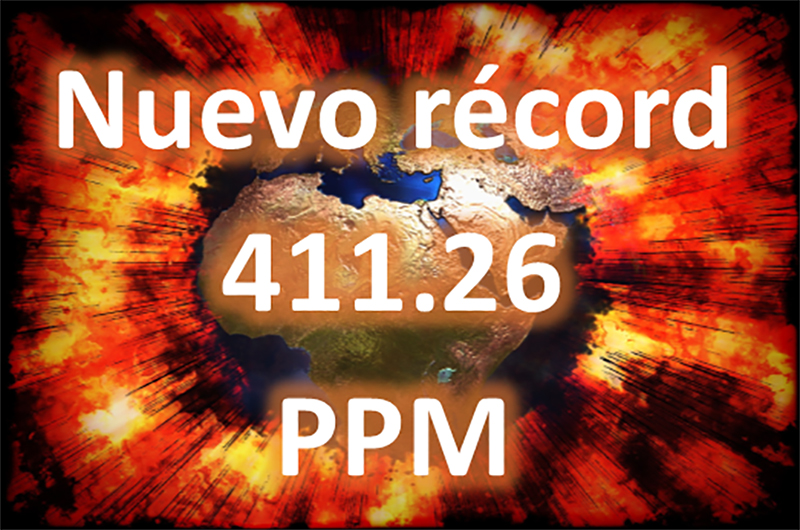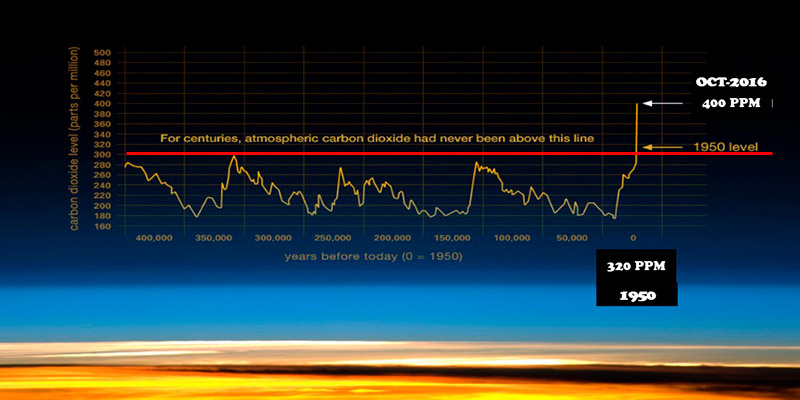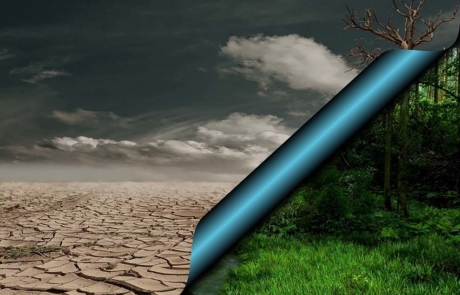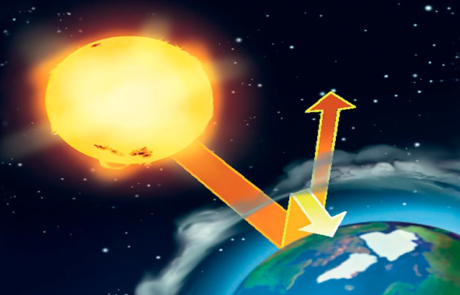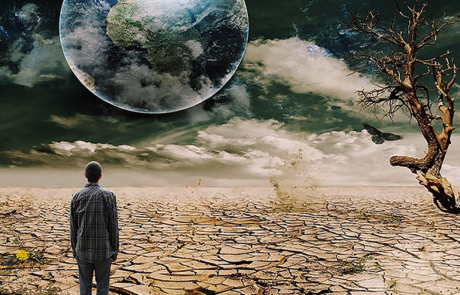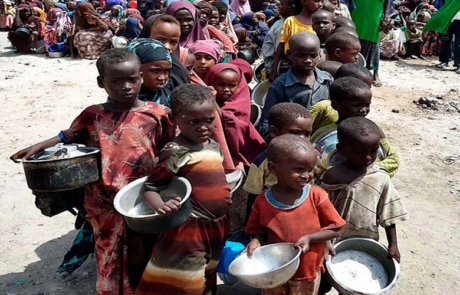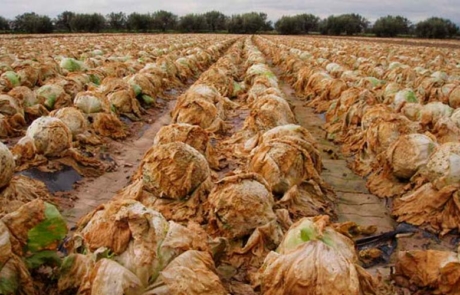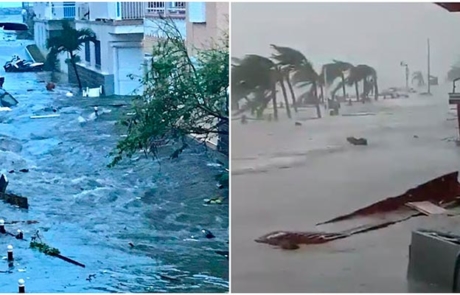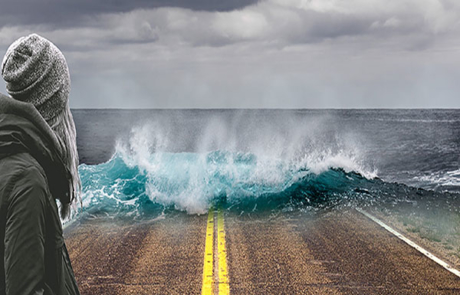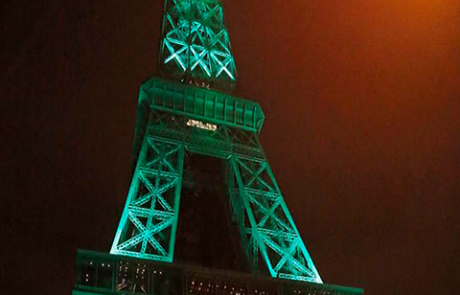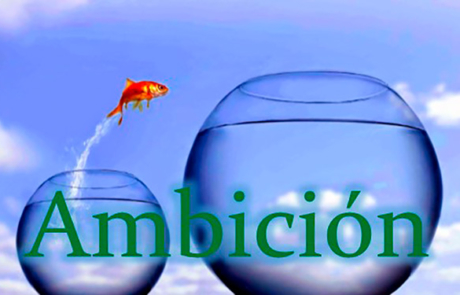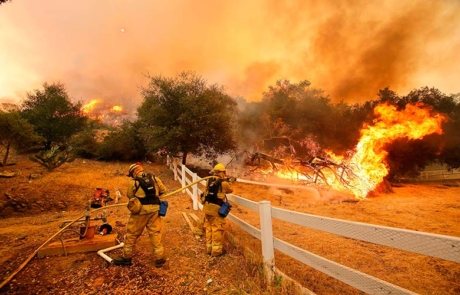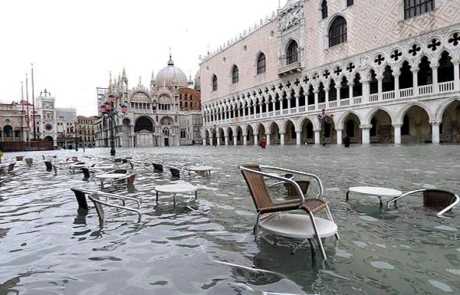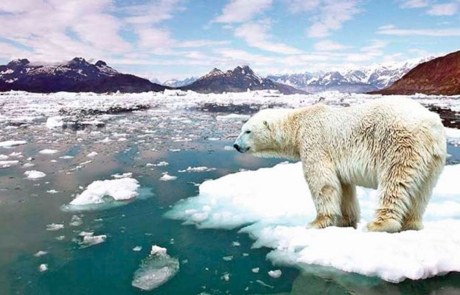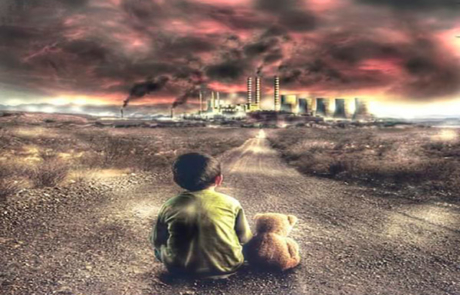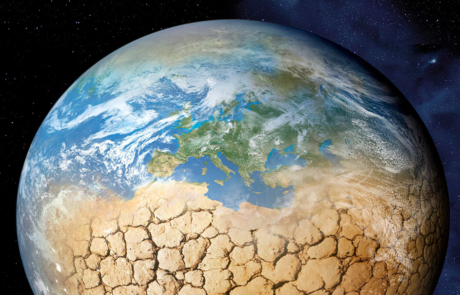FAQs about Climate Change
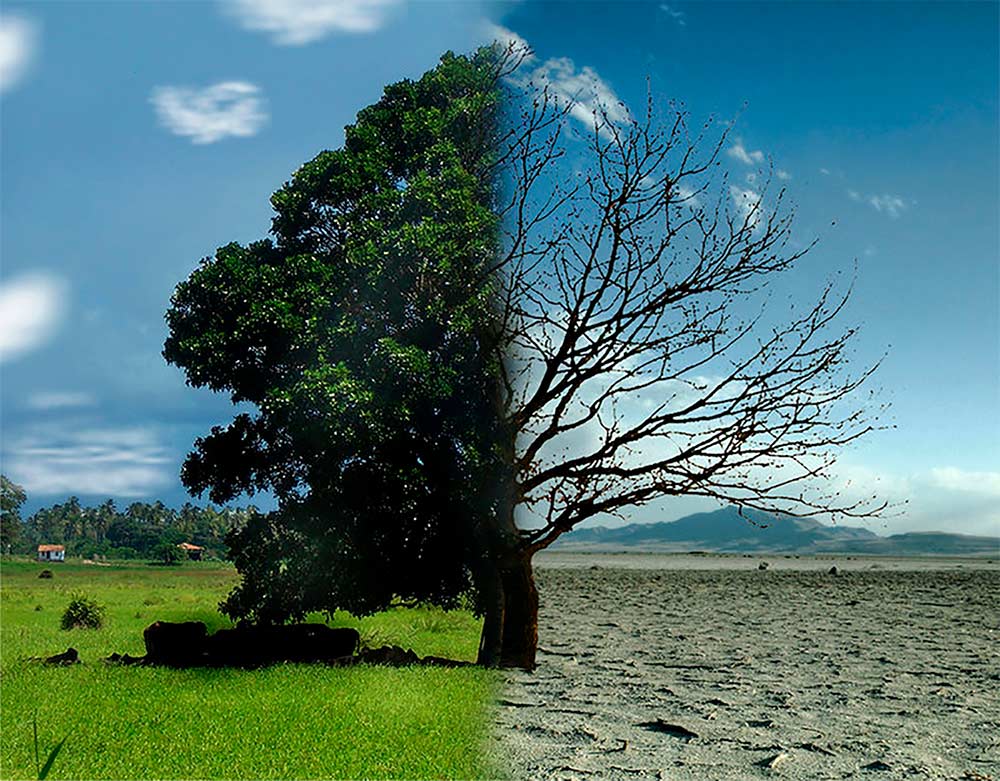
12. Why the Amazon rainforest is the lung of the world?
Trees have a double vital function: they produce oxygen, essential for the life of most species, and absorb carbon dioxide (CO2), the main component of greenhouse gases (GHG), which cause global warming and climate change. During photosynthesis, function performed by trees and most plants, they absorb and store CO2, which is fixed in its roots, trunks and leaves in the form of carbon. The plants, although they take oxygen from the air and re-enter carbon dioxide, the final balance is positive in terms of the extraction of CO2 from the atmosphere. The absorption capacity of carbon dioxide is directly proportional to the size, density and quantity of trees present in a forest.
The Amazon hosts the largest tropical forest in the world, with an area of more than 6 million km2, in whose territory Spain would fit almost twelve times. In the Amazon jungle there are about 80 thousand kinds of trees and more than 140 thousand species of plants. They are hundreds of millions of specimens that absorb water and then return it, through its leaves, in immense quantities of water vapor to the atmosphere, a mega transpiration that forms the clouds, from which the vital liquid returns by passing drizzles or prolonged downpours, that partly fall on the own forest, with which their forests maintain a constant humidity, although also they irrigate distant places like the Andean mountain range. This gigantic biochemical machinery gives us an idea of the importance of its role as a natural controller of global warming and climate change. For this reason it has won, in all fairness, the name “Lung of the Planet” or “Lung of the World”.
Other FAQs about Climate Change
1. What is climate change and what is its origin?
2. What are the causes of global warming?
3. What are the consequences of climate change?
4. Are there examples of recent climate changes on Earth?
5. Why and how much will sea level rise in the future?
6. What are glaciers, icefield and Arctic ice and why are they related to climate change?
7. Is permafrost a climatic weather bomb due to global warming?
8. How will climate change affect humans and other species in the future?
9. What is the role of mitigation, adaptation and resilience to climate change?
10. How can we lose the fight against climate change?
11. What would happen if climate change could not be stopped?
12. Why the Amazon rainforest is the lung of the world?
13. Is the Amazon forest in danger of disappearing?
14. Have we reached the Anthropocene?
Other sections of Climate Change
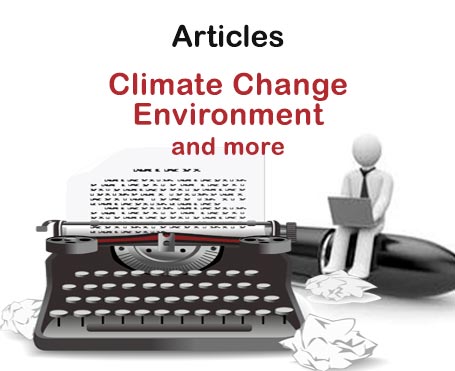
Pioneers of Climate Change
At all times and in all sciences, there have always been visionaries, those people who anticipate situations long before other persons can glimpse them. This is the case of Jean-Baptiste Joseph Fourier (1768-1830), a French mathematician and physicist, who in 1824 calculated that an object the size of the Earth and with a similar distance from the sun, it should be much colder to what our planet is really like. He affirmed that it was maintained with a temperate climate because the atmosphere retains the heat as if it were under glass. Thus, Fourier has the honor of being the first to use the greenhouse analogy…

Climate change, what is it and what are its causes?
Anthropogenic climate change is the variation of climate status attributed to human activity that alters the composition of the atmosphere and has consequences on the entire planet. The main cause of climate change is global warming caused by emissions of greenhouse gases (GHG), of anthropogenic origin, among which CO2 is the most frequent. The sources responsible for these emissions are the burning of fossil fuels such as oil, coal and gas, used mainly in industry and transport.

